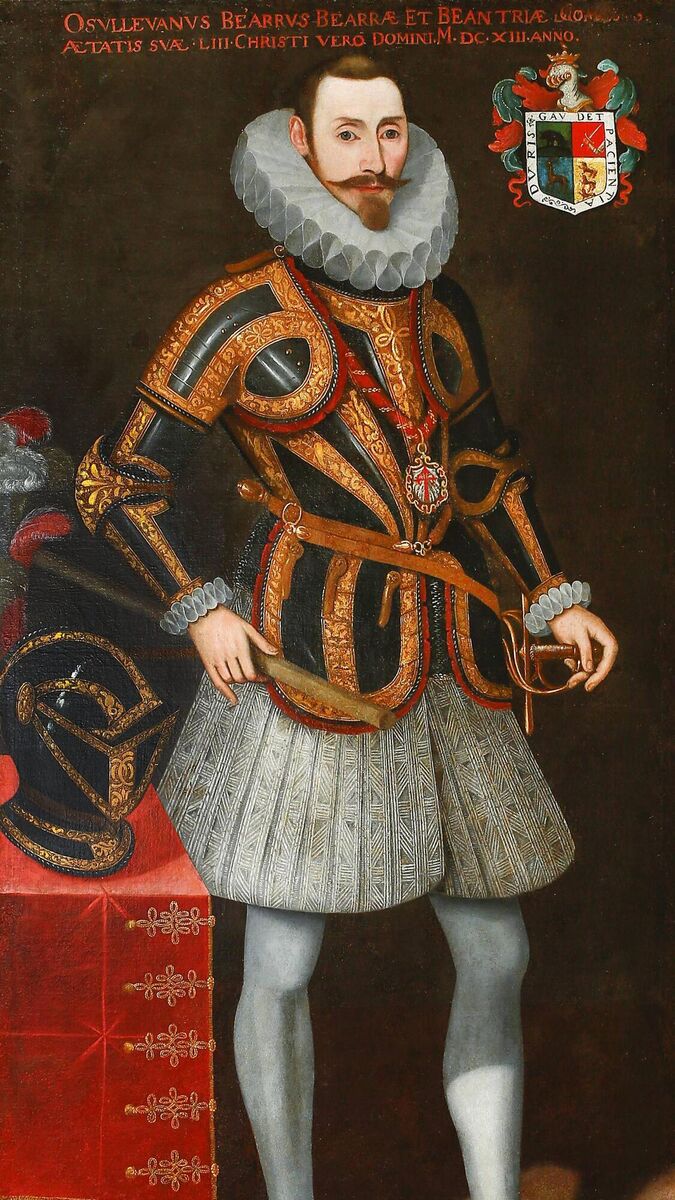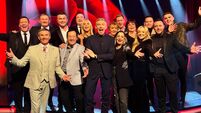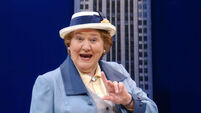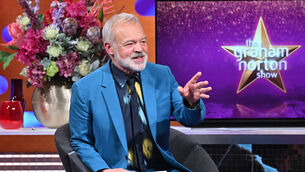Cork In 50 Artworks, No 17: Portrait of Dónal Cam O’Sullivan Beare
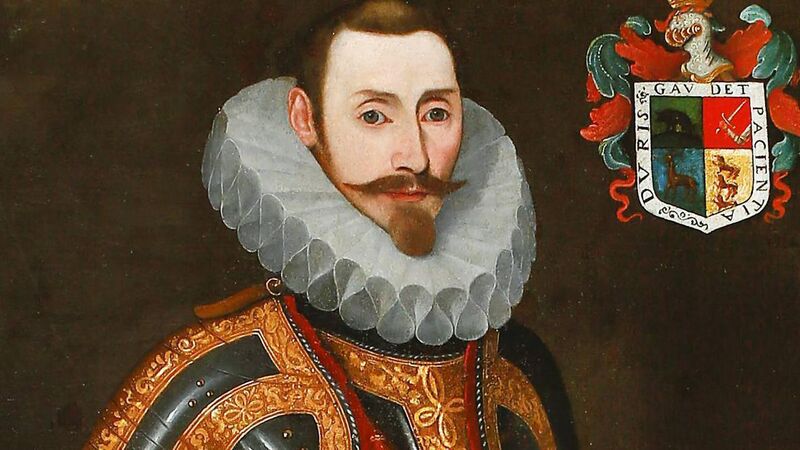
Portrait of Dónal Cam O'Sullivan Beare, possibly brought from Spain to Ireland by gardaí on a pilgrimage.
The 17th century portrait of Cork man Dónal Cam O’Sullivan Beare, which hangs at St Patrick’s College, Maynooth, has done much to preserve the memory of the rebel leader, who spent his last years in exile in Madrid.
“The painting is the earliest known portrait of an Irish chieftain,” says Rev Dr John-Paul Sheridan, the Director of Education Programmes at St Patrick’s. “When I was a student at Maynooth, from 1983 – 86, it hung in the Lay Professors’ Dining Room. But the portrait was restored in 1999, and it became the centerpiece of the Salamanca Archives exhibition in the college.”
The portrait previously hung at the Irish College at Salamanca, and is often attributed to a student of the late 16th/early 17th century Spanish court painter, Juan Pantoja de la Cru.
Latin inscription on the portrait insists its subject is “O’Sullivan Beare, Lord of Beara and Bantry,” but the artist clearly took a degree of license; O’Sullivan’s features - a long, thin face, almond-shaped eyes and a beard styled in a neat goatee – don’t look particularly Irish, and he is dressed in the manner of a Spanish courtier, in black and gold armour adorned with the insignia of the prestigious Order of Santiago, and an elaborate white ruff at his neck.
Sheridan agrees that he looks very Spanish. Dr Hiram Morgan of the History Department at UCC, who has written extensively on the politics of 16th and 17th century Ireland, doubts very much that O’Sullivan Beare was actually the model for the portrait at all.
“I’m just naturally sceptical,” he says. “We don’t really know the portrait’s provenance; there’s no paperwork or anything. One problem is that it is dated 1613, but O’Sullivan was not made a Knight of the Order of Santiago until 1617. So you have to wonder, was the insignia added in later, or did the Irish College commission the portrait after O’Sullivan’s death and ask some Spanish gentleman to stand in for him?”
Morgan believes the college could well have done so as an act of gratitude. “O’Sullivan was made Count of Berehaven and granted a generous pension by the Spanish King, Philip III. And on his death, a large part of his pension was re-allocated to the college, as an endowment for the training of priests. So they would have been keen to commission his portrait.”
Born around 1560, O’Sullivan Beare lived in relative obscurity on the Beara peninsula in West Cork until he joined with the Ulstermen, Hugh O’Neill and Red Hugh O’Donnell, in their rising against Elizabeth I. The conflict, remembered as the Nine Years War, ended in their ignominious defeat by the English, under George Carew, at the Battle of Kinsale in December 1601.
Thereafter, Carew followed O’Sullivan back to Beara, destroying his stronghold at Dunboy and compelling the chieftain to lead his people on a gruelling march to Leitrim in the bitter winter of 1602/03. Refused a pardon by Elizabeth I’s successor, James I, he fled to Spain, where he became the de facto leader of the expatriate Irish community.
In July 1618, he died in the Plaza de Santo Domingo in Madrid from a dagger wound to the neck, sustained while attempting to break up a brawl between his nephew Philip O’Sullivan and a Dubliner named John Bath.
O’Sullivan’s older son, also named Dónal, had died in a firearms accident the previous year, so the title of Count of Berehaven passed to his younger son, Dermot, who became a significant figure at the Spanish Court, serving as Chamberlain, Councillor of the Exchequer and Majordomo to Philip IV.
Dermot O’Sullivan had one child, a daughter named Antonia, who died childless in 1718. One story has it that the portrait of Dónal Cam O’Sullivan Beare had been in her possession, and she willed it to the Irish College on her passing.
The portrait hung at the college until its closure in 1950, when the last Jesuit rector, Fr Joe Ransom, is reputed to have rolled it up and brought it to Maynooth on the back seat of his Volkswagen.
“The college was actually shut down during the Spanish Civil War,” says Sheridan. “The students were taken away on a British gunboat, and Fr Ransom was sent back in 1950 to close up the place properly. Along with the portrait of O’Sullivan Beare, he packed up the college archives, along with some devotional pictures and furniture.
"The story I’ve heard is that the Garda Siochana were passing through Salamanca on their way back from a pilgrimage to Fatima, and he got them to bring a lot of the stuff back to Maynooth.”
Whether O’Sullivan actually posed for his portrait, or some anonymous Spanish gentleman stood in for him, the painting testifies to the esteem in which he was held in Madrid.
As Morgan observes, “O’Sullivan Beare became an important figure in Spain, far more than he had ever been at home.”
